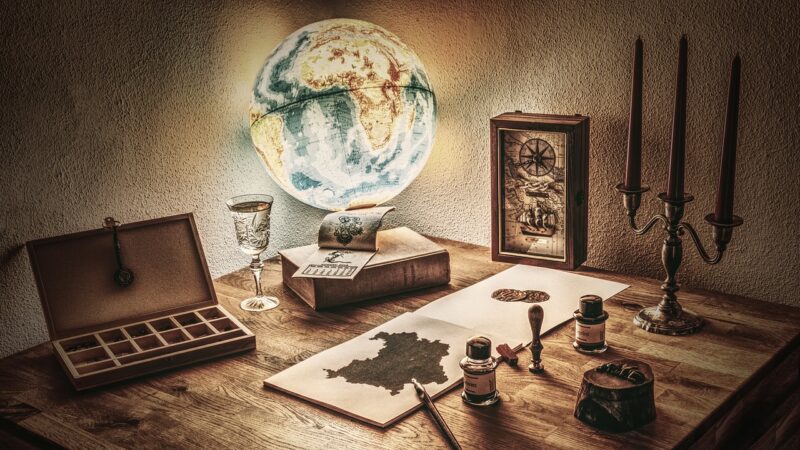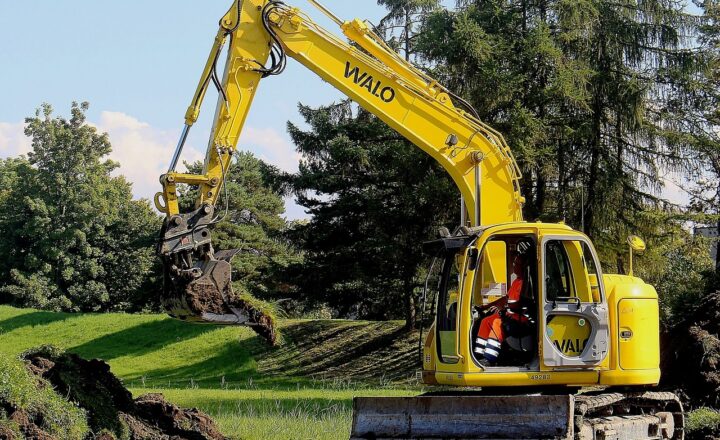Why Some of the World’s Oldest Maps Reveal Secrets About Lost Worlds and Forgotten Civilizations
November 17, 2024

Maps have long served as vital tools for navigation, exploration, and understanding our world. Yet, some of the most ancient maps transcend their utilitarian purposes, drawing us into a realm of mystery and intrigue. They hold within their delicate lines and faded inscriptions secrets about lost worlds and forgotten civilizations. This article explores why these artifacts are significant beyond their surface, delving into the cultural, historical, and geographical narratives they tell.
1. The Importance of Cartography in Human History
Cartography, the art and science of map-making, has played an integral role in human history. Early maps were not merely tools for navigation; they were reflections of the cultures and civilizations that created them. They captured not just geography, but also mythology, trade routes, and territorial claims. By studying these ancient artifacts, we can gain insights into the beliefs, priorities, and knowledge of the people who used them.
Many ancient maps, like the Tabula Rogeriana created by the 12th-century Arab geographer Muhammad al-Idrisi, included descriptions of lands beyond the known world. Such maps provide essential context for understanding how ancient peoples viewed their environment and the societies with which they interacted.
2. Ancient Maps as Windows into Lost Civilizations
Some of the world’s oldest maps unveil civilizations that have slipped through the cracks of history. For instance, the Piri Reis map from the early 16th century depicts parts of Europe, North Africa, and South America, but what intrigues scholars is its inclusion of what may resemble Antarctica, centuries before it was officially discovered. This has led to fervent debates regarding ancient knowledge, navigation techniques, and whether earlier civilizations had access to regions that we assume were mysterious.
Maps like these suggest that knowledge may have persisted long before documented history, challenging the narrative of a linear progression of geographical understanding. They ignite our imaginations and encourage deeper investigations into the possibilities of ancient world exploration.
3. The Role of Mythology and Legend in Mapping
It’s fascinating to note that many ancient maps incorporated mythology and legends, blending the tangible with the imaginative. The Mappa Mundi, a 13th-century medieval map, depicts not just a geographical landscape, but also a theological interpretation of the world. With Jerusalem at the center, the map communicates a worldview informed by spiritual beliefs and values, illustrating how people understood their place within a larger cosmic framework.
These mythical elements reveal how ancient cultures grasped their reality, showing that maps can serve as both literal and symbolic representations of the world. They possess the potential to encapsulate entire belief systems, as well as geographical knowledge.
4. Lost Technologies and Knowledge of Ancient Civilizations
Maps not only outline geographical features but can also hint at lost technologies and knowledge of ancient civilizations. The designs and navigational techniques, such as those employed by the Polynesians with their star charts, showcase an intricate understanding of the sea and navigation based on astronomical observations.
Similarly, the sophisticated understanding of cartography demonstrated in the ancient Chinese Huang Yu Tu (Map of the All Under Heaven) highlights the advanced nature of Chinese geographical knowledge long before the European Age of Discovery.
These maps encourage us to re-evaluate the intellectual histories of ancient peoples, acknowledging their intricate relationships with their environments and the innovations they created.
5. Archaeological Significance of Maps
The remnants of old maps also have undeniable archaeological significance. When excavated, they often contain annotations, inscriptions, and markings that may provide insights into trade routes, conflicts, and the dynamics between various cultures. For instance, maps found in Viking settlements help researchers piece together how Norse people navigated their voyages across the North Atlantic and established settlements.
Furthermore, the discovery of ancient cartographic materials can lead to new archaeological sites, guiding historians in their excavation efforts and reinforcing connections between different cultures across time and space.
6. Modern Context: The Appeal of Ancient Maps Today
The fascination with ancient maps persists today, as they capture the imaginations of historians, collectors, and the general public. Exhibit displays in museums often attract numerous visitors eager to discover how our ancestors visualized their world, uncovering stories of lost worlds and civilizations. Areas of ancient cartography also intersect with modern discussions about geography, globalization, and cultural heritage.
Additionally, with the rise of digital mapping technologies, these ancient artifacts invite comparisons that challenge our perceptions of space and place in contemporary society.
Conclusion
In conclusion, the world’s oldest maps reveal more than mere locations; they serve as portals into lost worlds, forgotten civilizations, and complex human narratives. By examining these artifacts, we can uncover layers of history that tell us much about the people who navigated, explored, and mapped their environments.
The study of ancient maps not only deepens our appreciation for history and geography but also enriches our understanding of how cultures have shaped our world, often revealing secrets long hidden from view. As we continue to explore these intriguing remnants of the past, we rekindle the interest in the incredible stories they have to tell.







